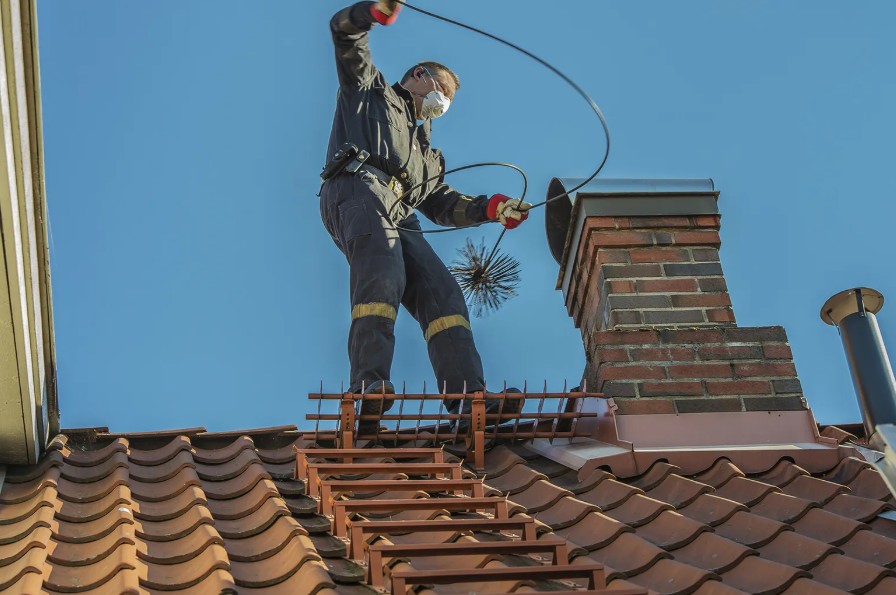
Wood fencing is a timeless and attractive addition to any property. It offers privacy, security, and enhances curb appeal with its natural charm. However, like any outdoor structure, wood fences are constantly exposed to the elements. From harsh sunlight and heavy rains to snow and pests, your wood fencing needs consistent care to stay in top condition. Maintaining and protecting your wood fence year-round ensures its longevity and keeps it looking great. Here’s a comprehensive guide on how to maintain your wood fencing throughout the year.
1. Regular Inspections
The first step in maintaining your wood fencing is conducting regular inspections. At least twice a year—preferably in the spring and fall—walk the perimeter of your fence to check for signs of damage. Look for:
- Warping or cracking boards
- Loose nails or screws
- Rotting or discolored wood
- Insect infestation
- Mold or mildew growth
Catching issues early can prevent more serious (and costly) problems later on.
2. Cleaning the Fence
Over time, dirt, mildew, and algae can build up on wood fencing, making it look worn and aged. Clean your fence once or twice a year using a mild detergent mixed with water. A soft-bristle brush can be used for scrubbing, or you can opt for a power washer set on a low setting. Be gentle, as high pressure can damage the wood fibers.
For tougher stains or mildew, a mixture of bleach and water (1:3 ratio) can be effective. Always rinse thoroughly with clean water and let the fence dry completely before applying any treatments.
3. Sealing and Staining
One of the most effective ways to protect wood fencing is by applying a quality sealant or stain. These products shield the wood from moisture, UV rays, and temperature extremes. It’s recommended to reapply sealant or stain every 2 to 3 years, depending on your climate and the product used.
When staining:
- Choose a dry, mild day to apply the product.
- Clean and dry the fence beforehand.
- Use a brush, roller, or sprayer for even coverage.
- Consider using a product with UV protection to minimize sun damage.
Stains also come in various shades, allowing you to enhance the natural beauty of your wood fencing while protecting it.
4. Trimming Vegetation
Overgrown shrubs, vines, and grass can trap moisture against your wood fencing, accelerating rot and decay. Keep vegetation trimmed back to allow for airflow and reduce moisture retention. Avoid letting vines grow directly on the fence, as they can weaken the structure over time.
5. Protecting Against Pests
Wood fencing is susceptible to damage from insects like termites and carpenter ants. Regular inspections help catch infestations early, but preventive measures are also crucial:
- Use insect-repellent sealants.
- Keep the base of the fence free from mulch, wood piles, and other debris.
- Treat the wood with borate-based preservatives to deter termites.
6. Weather Protection
Extreme weather conditions can take a toll on your wood fencing. In winter, heavy snow and ice can cause wood to crack or warp. In summer, the sun can bleach and dry out the wood.
To minimize weather-related damage:
- Reapply weatherproof sealants as needed.
- Remove snow buildup near the base of the fence.
- Avoid placing sprinklers near the fence to prevent unnecessary water exposure.
7. Repairing Damage Promptly
If you notice broken boards, loose nails, or leaning sections, address these issues right away. Replace damaged boards, tighten or replace fasteners, and reinforce weak posts with concrete or metal supports if necessary. Quick repairs not only maintain the integrity of your wood fencing but also prevent further deterioration.
8. Repainting (If Applicable)
If your wood fencing is painted rather than stained, it will need repainting every few years. Paint can peel and crack over time, especially in harsh climates. Before repainting:
- Remove old paint with a scraper or sander.
- Clean and dry the surface.
- Apply a weather-resistant exterior paint designed for wood.
Paint can offer excellent protection, but it also requires more frequent maintenance compared to staining.
9. Preventing Soil Contact
Ensure that the bottom of your wood fencing does not rest directly on the soil. Direct contact with soil can promote rot and insect activity. Ideally, the fence should be installed a few inches above ground level. If your fence is already in contact with the soil, consider installing gravel or concrete along the base to create a barrier.
10. Professional Maintenance
For homeowners who prefer not to do it all themselves, professional fence maintenance services are available. These services can include power washing, staining, pest treatments, and structural repairs, providing peace of mind and long-term protection for your wood fencing.
Conclusion
Year-round maintenance is key to preserving the beauty and strength of your wood fencing. With regular inspections, cleaning, sealing, and repairs, you can ensure that your fence continues to serve its purpose for years to come. Investing time and effort into maintaining your wood fencing not only boosts your property’s appearance but also saves money in the long run by avoiding premature replacements.





